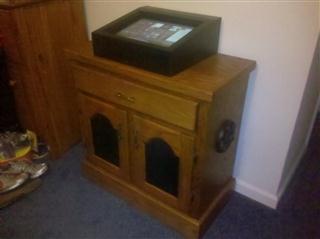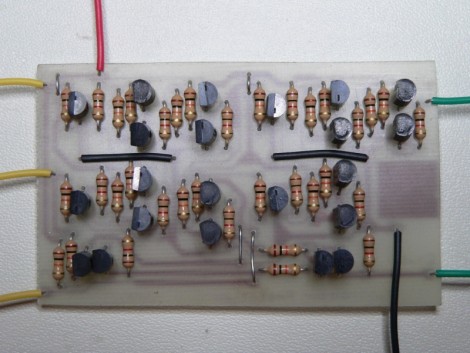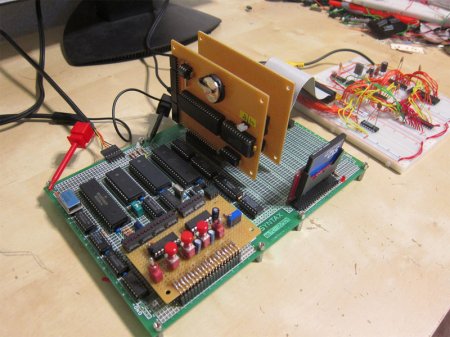
We went “live” with our forums less than 24 hours ago and we already have our first project ready for the front page. [Elementix] has shown us his touch screen jukebox build. Using an assortment of car audio speakers and amplifiers hooked up to an old Pentium 4 PC with 120 Gigs of storage, he put together the base cabinet. The touchscreen is an ebay find and he built a custom enclosure for that part. For the interface, he started with “Jukebox Arcade”, a jukebox front end for mame cabinets but found he could easily manipulate the layout since it used an xml file for the settings. After some trial and error, and a little work with the gimp, he got it looking the way he wanted. If you haven’t been there already, you should really check out our new forums.
















